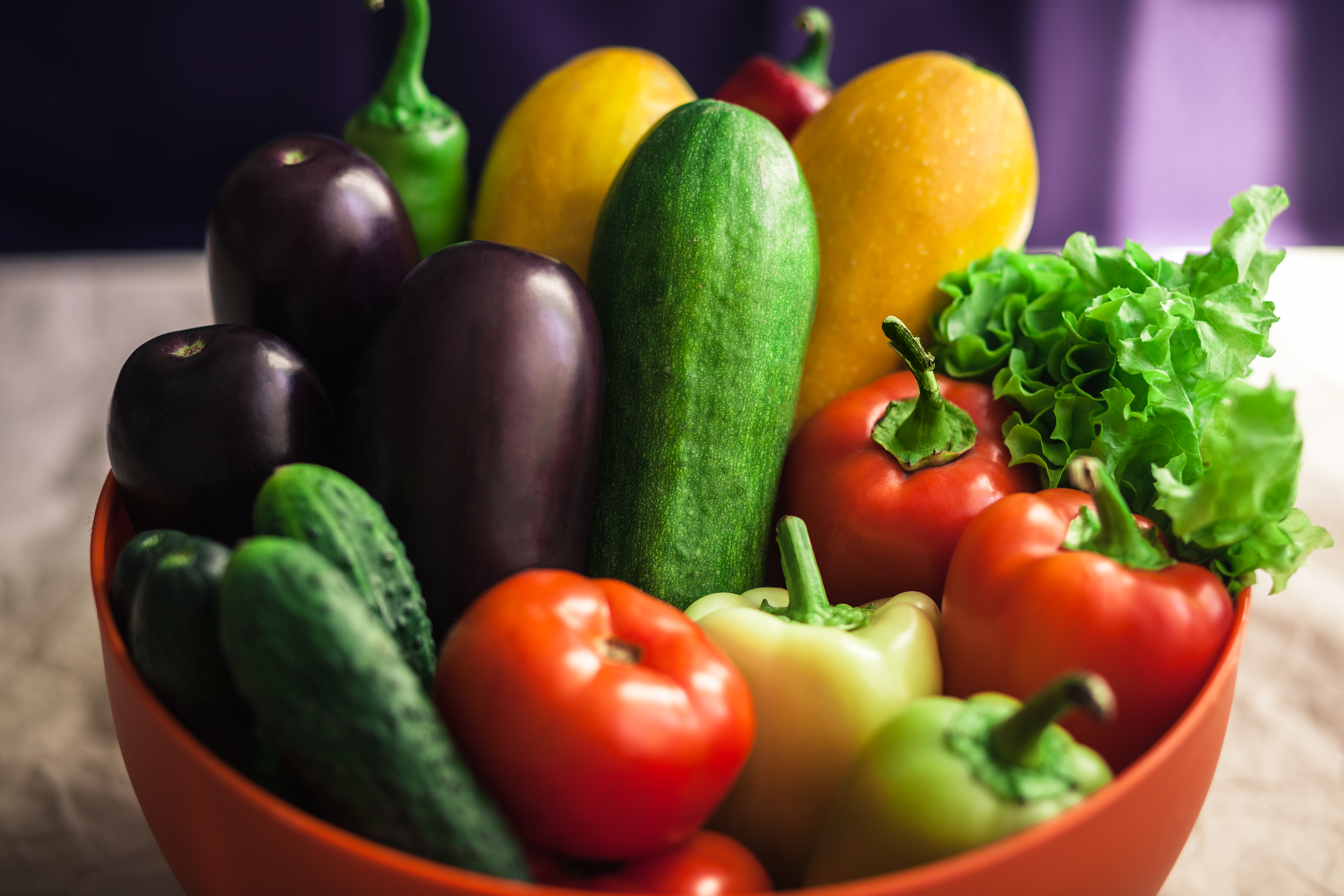Heavy Feeders and Spring Planting

Many gardeners are now either planning or planting their spring or summer gardens. And many gardeners understand that it’s best not to grow the same variety of heavy feeder, or the same type of any vegetable, repeatedly in the same garden areas or bed, but may overlook the related issue of successive planting of heavy feeders in general.
Where do the elemental building blocks for all those delicious tomatoes, ears of corn, and melons come from? All parts of plants, from stems to flowers and fruits, are made mostly of air absorbed in the form of carbon dioxide during photosynthesis; and water absorbed through plant roots. A smaller but critically important portion of plant biomass comes from nutrients in soil.
Every type of vegetable plant removes soil nutrients in characteristic combinations, and some types of vegetables in much greater quantities than others. Vegetables that remove large quantities of nutrients from soil are considered “heavy feeders.”
While it is possible to nurture and replenish soils to allow them to support successive plantings of heavy feeders, it’s generally best to avoid planting a heavy feeder in soil exhausted by another heavy feeder. If doing so, understand the nutrient needs of your plants and be sure to amend soils accordingly.
Examples of heavy feeders are summer squash including zucchini, winter squash, gourds, pumpkins, all melons including watermelons and cantaloupe, cucumbers, corn, tomatoes, peppers, eggplant, and sunflowers.
GardenZeus has customized growing information by plant and zip code. To get started, enter your zip code here.
Growing Summer Squash (Including Zucchini) in the California Home Garden
GardenZeus Soil and Fertilization Tips for Growing Corn in California
GardenZeus Solutions to Common Abiotic Problems with Garden Tomatoes